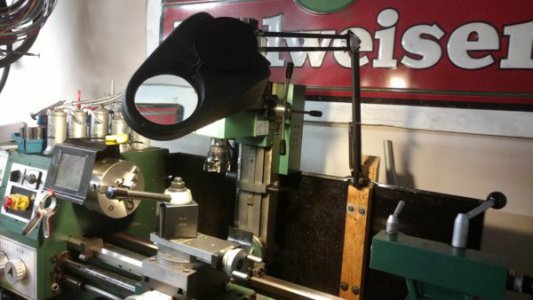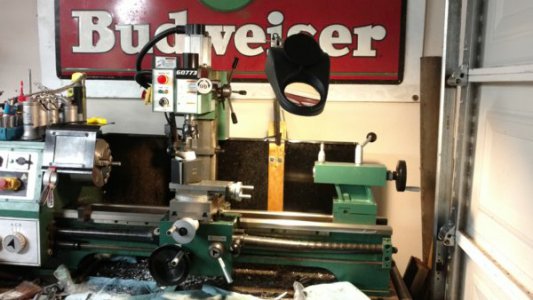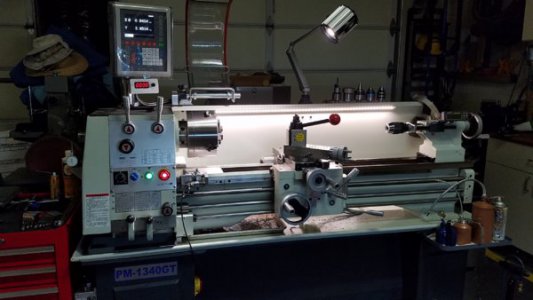- Joined
- Feb 1, 2015
- Messages
- 9,994
I remember when that was true. It doesn't seem to be that bad now. I saw a faint ghost when I placed a piece of white tape on a black Delrin rod and spun it in the lathe. I suspect that the phosphors that they use now have a longer persistence. Some of the newer fluorescent fixtures are using high frequency excitation which wouldn't exhibit the strobing phenomenon.Just a reminder that fluorescent lights strobe at 60 cycles per second and can make moving parts look like they are stopped.
When a moving part is turning at a speed in harmony with 60 cycles per second (or 3600 cycles per minute) then there is a risk of being fooled. For example, a four jaw chuck turning at 360 or 720 rpm etc. That's the reason I do not use fluorescent lights too close to my lathe.
However, LED lighting has surpassed the efficiency of fluorescent so I am in the process of converting to LED lighting anyway.



